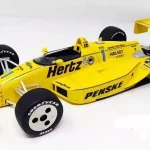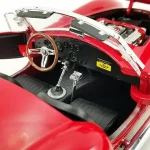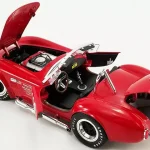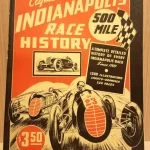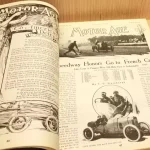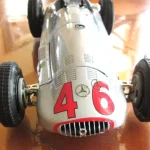Find even more items at our Ebay store.
For over 100 years Americans have loved their automobiles….
 From the first Indy 500 in 1911 and the Barney Oldfield era the passion for the American automobile has flourished. Scale model cars have followed the same path. Early model race cars were propelled by a wind up clockwork mechanism. The models went to electric power when Lionel introduced them in their 1912 catalog. The power came from a train rail track connected to a battery.
From the first Indy 500 in 1911 and the Barney Oldfield era the passion for the American automobile has flourished. Scale model cars have followed the same path. Early model race cars were propelled by a wind up clockwork mechanism. The models went to electric power when Lionel introduced them in their 1912 catalog. The power came from a train rail track connected to a battery.
After Lindbergh flew across the Atlantic, airplane fever hit, and kids and adults wanted to fly model airplanes. In a short time the model car buffs realized the model airplane engines would also fit in model cars. Miniature car auto racing was born in the early 1930’s. As motors, cars and fuels because more sophisticated so did the sport of auto racing and miniature car racing.
After World War II, soldiers came home and wanted to see and be involved in auto racing. The miniature car racing hit its peak in the 1950’s and the engines, and cars quickly became very collectible because of their low production counts. Some of the home builds were one of a kind. Most of the racers were from 10-24 inches long and had wooden, metal, aluminum, plastic, or fiberglass bodies. The engine sizes varied between .049 cubic inches to .61 cubic inches. Early engines had a spark ignition similar to a regular car. As the fuel and technology improved the later engines used a glow plug similar to the RC engines of today.
World speed records were regularly set to help the sales of the manufactures’ cars. The cars raced on a circular track and were restrained by a steel cable or on a banked rail track at over 80 MPH. Currently speed records are over 200 MPH. Today the Americans are still in love with their fast stylish cars and scale models.

